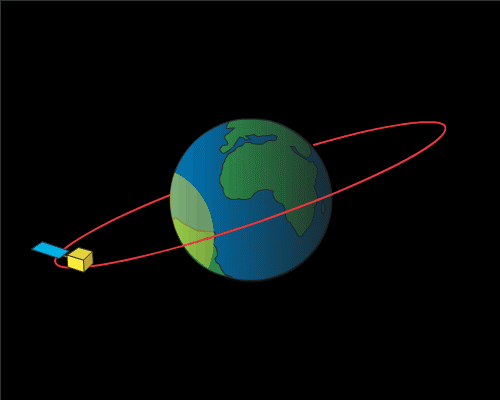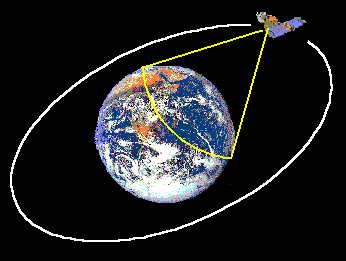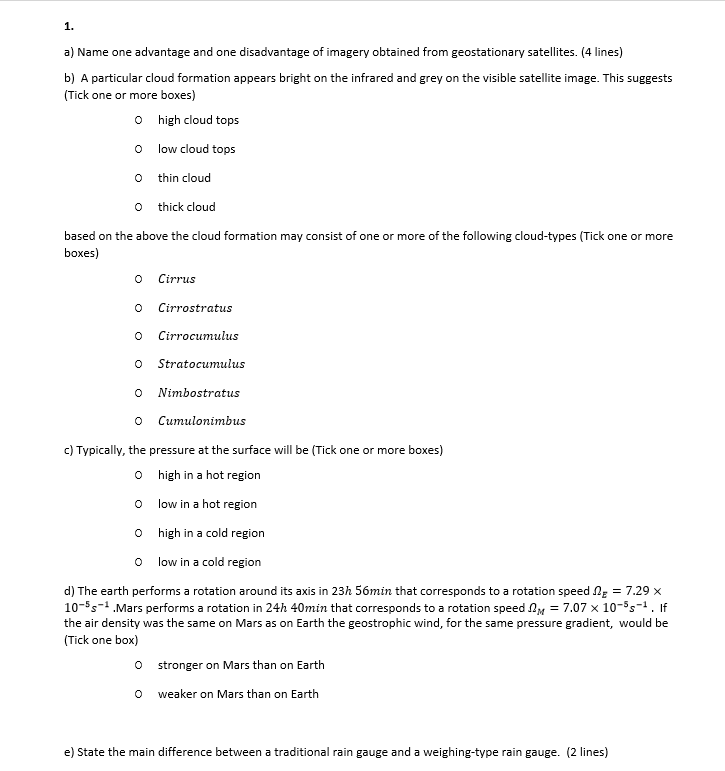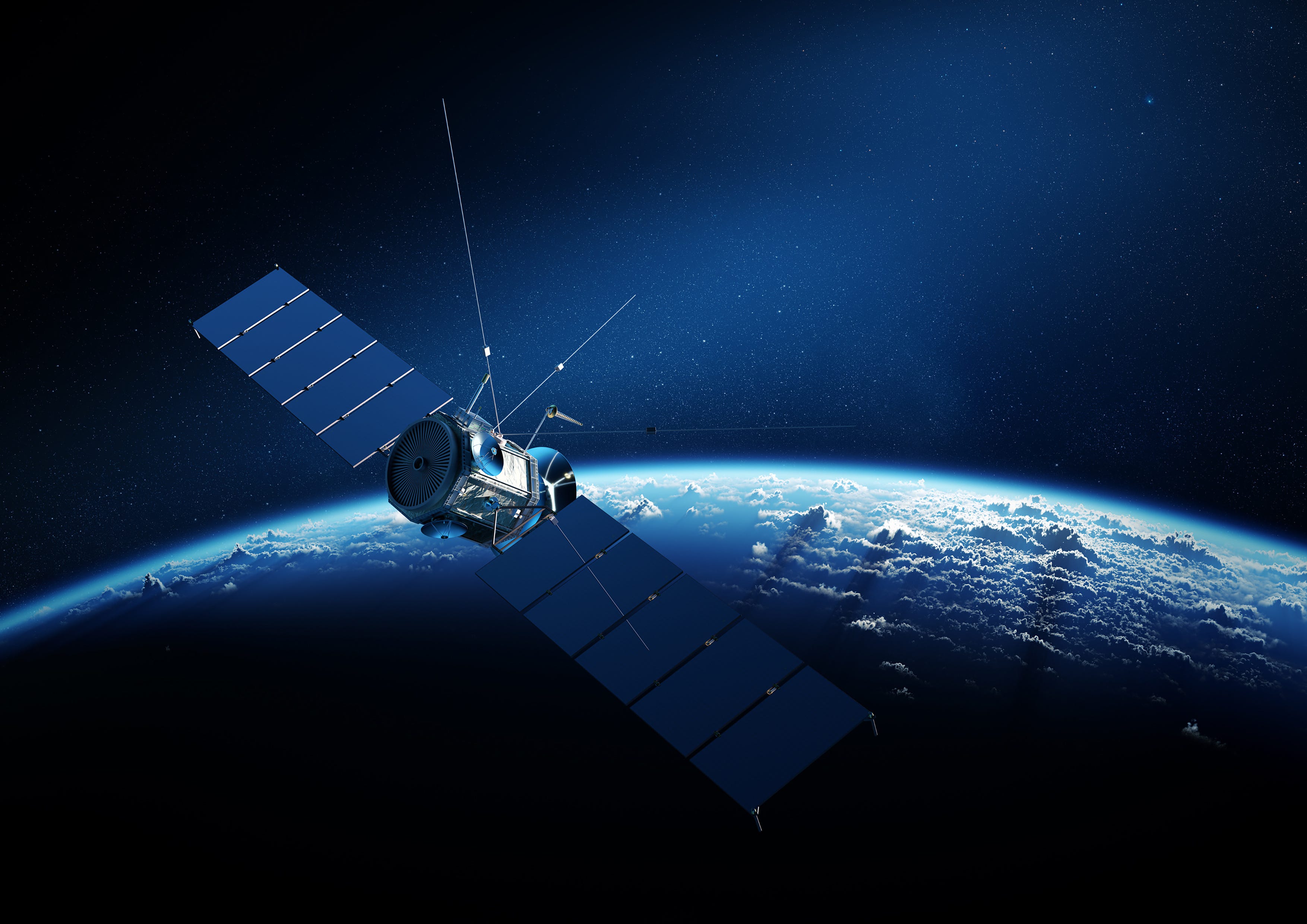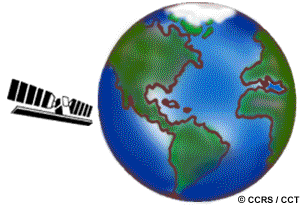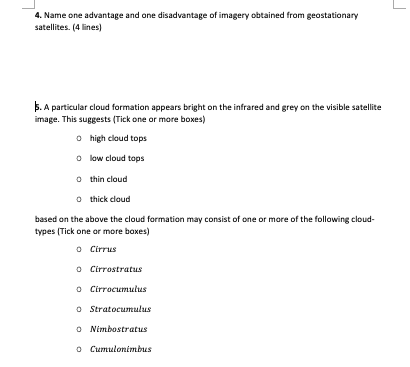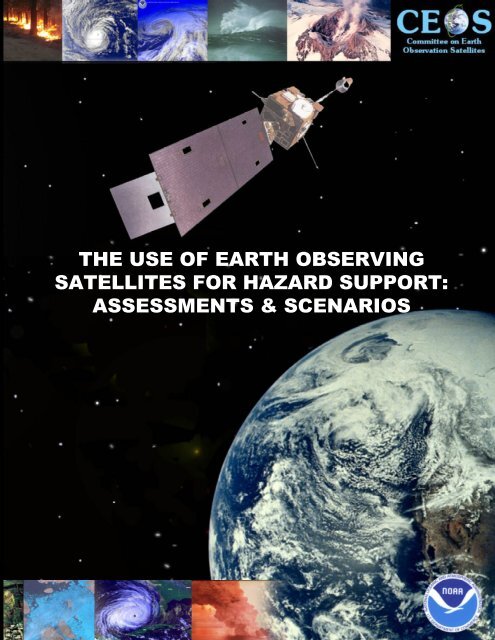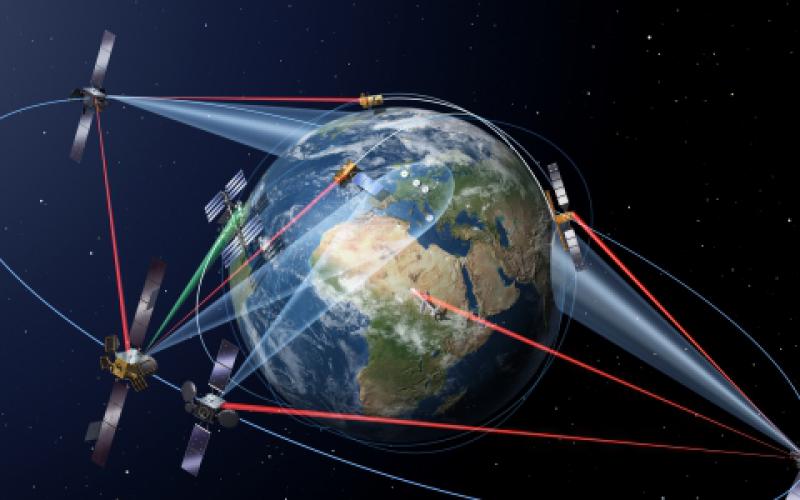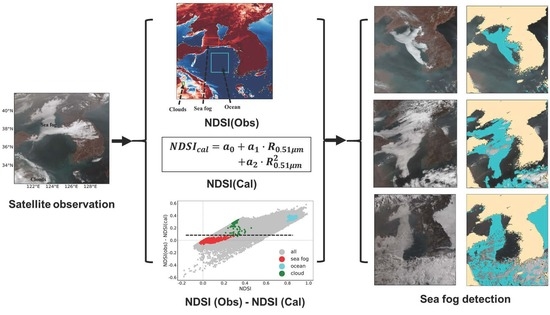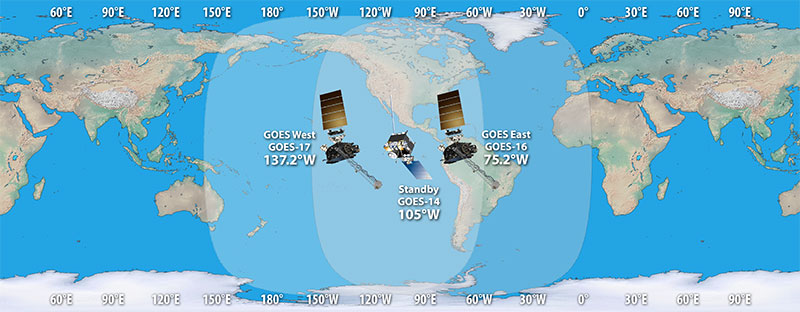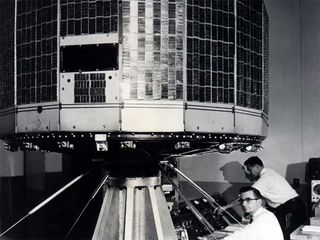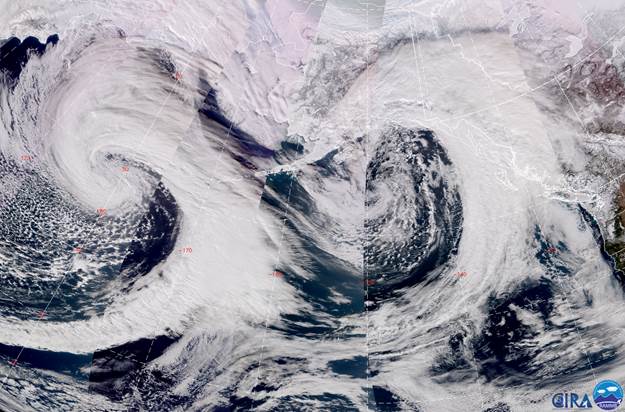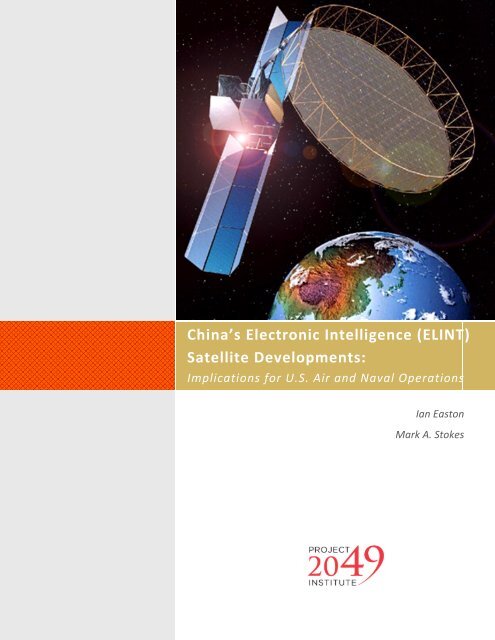Advantage Of Geostationary Satellite Imagery

Advantages of geo or geosynchronous earth orbit.
Advantage of geostationary satellite imagery. The principal advantage of this type of satellite is the fact that an earthbound directional antenna can be aimed and then left in position without further adjustment. The advantage of geostationary satellite imagery is you can. As it is at greater height it covers larger geographical area. Real time geostationary satellite imagery and animations.
Positioned over the equator the satellite completes one orbit of the earth in 24 hours. Make repeated observations over a given area constant view area. The geostationary operational environmental satellite goes series of satellites is owned and operated by the national oceanic and atmospheric administration noaa. The first geostationary satellite was launched in 1966.
The image below shows the orbit of this type of satellite. The goes satellites circle the earth in a geostationary orbit above the equator which means that they hover continuously over one place on the earth s surface. Clouds the earth s atmosphere and the earth s surface all absorb and. The objective of the goes system is to maintain a continuous data stream from two satellites to support the requirements of the u s.
Hence only 3 satellites are required to cover the entire earth. Visible satellite images which look like black and white photographs are derived from the satellite signals. A geostationary satellite can be accessed using a directional antenna usually a small dish aimed at the spot in the sky where the satellite appears to hover. Clouds usually appear white while land and water surfaces appear in shades of gray or black.
Meteosat 11 is the prime operational geostationary satellite positioned at 0 degrees and providing full disc imagery every 15 minutes. There are two wavelengths most commonly shown on weather broadcasts. The geostationary satellites geostationary operational environmental satellites goes and low earth orbit satellites. Leo vs meo vs geo and satellite basics for more information.
In geostationary orbit 36 000 km above the equator the meteosat satellites meteosat 8 9 10 and 11 operate over europe africa and the indian ocean. The national oceanic and atmospheric administration noaa operates two sets of satellites to monitor the weather. The net result is the satellite appears stationary relative to the earth. The visible channel senses reflected solar radiation.
The goes satellite senses electromagnetic energy at five different wavelengths and is a geostationary satellite.

